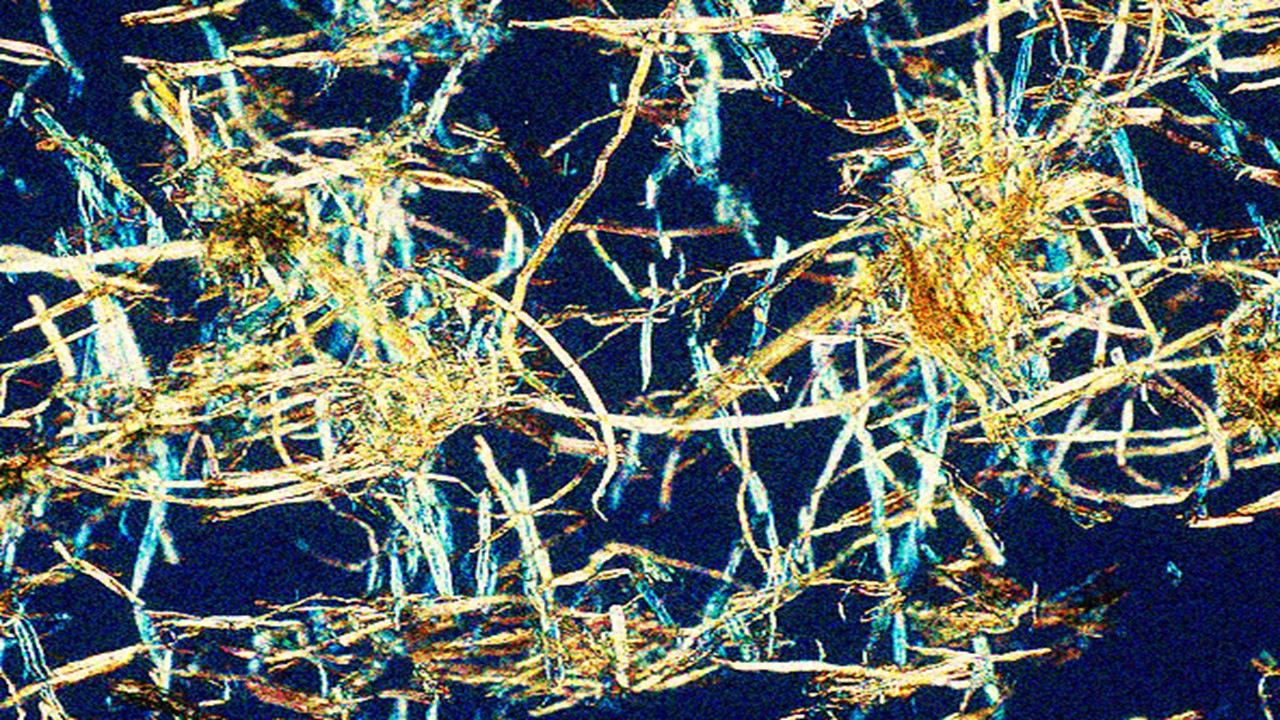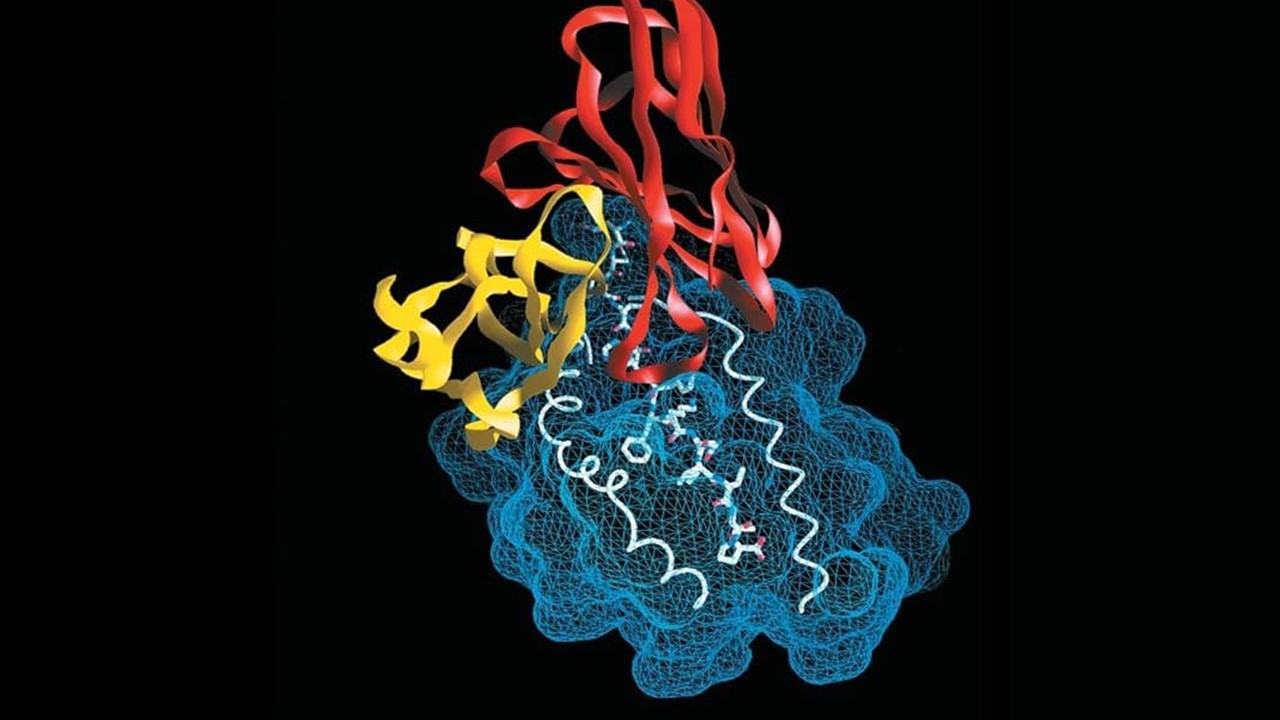The Dual Nature of Reactive Oxygen Species: A Balancing Act of Harm and Healing
Reactive oxygen species (ROS) are pivotal biochemical entities with paradoxical roles in human physiology. These chemically reactive molecules, such as hydrogen peroxide (H₂O₂) and hydroxyl radicals (·OH), govern crucial biological functions like cellular regulation, immune responses, and tumor suppression. However, their overproduction triggers oxidative damage, fostering inflammatory and degenerative diseases. Emerging research highlights the delicate balance required to manage ROS, which has spurred innovations in biomedical interventions targeting these reactive molecules.
At the forefront of this effort is DHKNase-6, a natural compound demonstrating unprecedented precision in modulating oxidative stress. This enzyme-mimicking molecule exhibits pH-sensitive behavior, alternating between generating or scavenging ROS as the biological environment demands, promising transformative implications for wound healing and chronic disease management.
The Science of ROS Imbalance and its Clinical Implications
ROS regulation is central to maintaining homeostasis, ensuring the body responds effectively to injuries and infections. Controllable oxidative stress promotes tissue repair, aiding in wound recovery and immune function. However, excessive or uncontrolled ROS production leads to oxidative damage, triggering pathologies such as Alzheimer’s disease, atherosclerosis, rheumatoid arthritis, and inflammatory bowel disease (IBD).
Diseases emerge not only from ROS excess but also from deficiencies. Conditions like rheumatoid arthritis linked to genetic defects, chronic granulomatous disease, and thyroid dysfunction underscore the complexities of ROS mismanagement. Strategies to stabilize ROS levels, therefore, require nuanced pharmacological approaches that can both mitigate ROS overabundance and replenish deficits.
Innovations in ROS Therapy: Nanotechnology vs. Natural Compounds
Initial attempts to modulate ROS levels leaned heavily on metallic nanomaterials. These catalysts, despite showing therapeutic potential, pose challenges, including toxicity and batch-to-batch inconsistencies that hinder their clinical application.
In contrast, natural compounds—specifically polyphenolic plant metabolites—have gained attention for their antioxidant properties, biocompatibility, and low toxicity. Despite these advantages, polyphenols have limitations in achieving the dual-action ROS modulation required for complex pathologies. This gap has driven the exploration of more sophisticated natural molecules, exemplified by DHKNase-6.
DHKNase-6: A pH-Sensitive Modulator of Oxidative Stress
DHKNase-6 displays a remarkable ability to shift between ROS generation and scavenging, depending on environmental pH. In acidic environments (pH < 5.6), it mimics peroxidase activity, catalyzing the decomposition of H₂O₂ into hydroxyl radicals. This capability makes it particularly effective in environments requiring oxidative stress for pathogen control, such as infected wounds.
Conversely, in neutral to slightly alkaline conditions (pH > 5.6), DHKNase-6 transitions to scavenging mode, eliminating excess ROS and reactive nitrogen species (RNS). This dual behavior is akin to a biochemical valve, opening or closing depending on pH, offering unprecedented precision in ROS modulation. This adaptability has positioned DHKNase-6 as a promising candidate for managing conditions like IBD, where oxidative stress and inflammation need careful balancing.
Addressing Wound Healing: A Radical New Approach
The challenge of treating infected wounds, particularly in an era of rising antibiotic resistance, requires innovative solutions beyond conventional drugs. DHKNase-6 offers a compelling alternative by leveraging its free radical-supplying capability to eliminate pathogens in acidic wound environments.
Experiments on mice demonstrated the compound’s efficacy in eradicating Staphylococcus aureus infections without inducing toxicity. Microscopic analysis revealed significant bacterial membrane damage and DNA leakage, confirming DHKNase-6’s potent antibacterial properties. Notably, even low concentrations of H₂O₂, supplemented by DHKNase-6, achieved these effects, reducing the risk of oxidative damage to surrounding tissues.
Accelerating Recovery: From Inflammation to Regeneration
Beyond infection control, DHKNase-6 plays a critical role in wound healing by modulating the inflammatory response. Infected wounds treated with DHKNase-6 showed faster closure, minimal scar formation, and better tissue regeneration compared to untreated controls. The treatment down-regulated pro-inflammatory cytokines, such as IL-1β, IL-6, and TNF-α, while up-regulating anti-inflammatory factors like IL-10.
Histological analysis confirmed enhanced collagen deposition and vascularization at wound sites, essential for long-term recovery. Temperature stabilization—another key metric—revealed that DHKNase-6-treated wounds maintained thermal balance, promoting faster healing by preventing water loss and hypothermia, which are common complications in infected lesions.
Rebuilding Gut Health: A New Hope for IBD Management
IBD, characterized by chronic inflammation of the digestive tract, presents another frontier for DHKNase-6. The compound’s ability to eliminate excessive ROS while restoring microbial balance addresses the multifactorial nature of the disease. In mouse models of dextran sulfate sodium (DSS)-induced colitis, DHKNase-6 reduced inflammation and remodeled the gut microbiome.
Treatment with DHKNase-6 increased beneficial bacterial populations while suppressing pathogenic strains, mimicking the microbial composition of healthy individuals. This shift was accompanied by down-regulation of the CCR3 gene, a marker implicated in colonic inflammation. Transcriptomic analysis further validated the normalization of metabolic functions, showcasing the therapeutic potential of DHKNase-6 in chronic gastrointestinal disorders.
Future Directions: Unlocking the Full Potential of DHKNase-6
The dual-action capabilities of DHKNase-6 offer exciting possibilities for developing new therapies beyond wound healing and IBD treatment. Its ability to modulate oxidative stress with precision could pave the way for novel interventions in neurodegenerative diseases, cardiovascular disorders, and immune-related pathologies. Additionally, the compound’s biocompatibility and stability—retaining 83% activity after over a year of storage—highlight its potential for long-term use.
However, challenges remain. Further research is required to fully understand the mechanisms governing DHKNase-6’s pH-dependent activity and to explore its effectiveness across a broader range of conditions. Optimizing formulation and delivery methods will also be essential to ensure clinical success.
A Paradigm Shift in ROS-Targeted Therapies
DHKNase-6 represents a paradigm shift in ROS-targeted therapies, offering a versatile and precise approach to managing oxidative stress. Its unique ability to act as both a ROS generator and scavenger, depending on environmental conditions, distinguishes it from existing treatments. By harnessing this dual functionality, DHKNase-6 has the potential to address the complex interplay of oxidative stress, inflammation, and tissue repair across various medical applications.
As biomedical research advances, compounds like DHKNase-6 could redefine the standard of care for conditions previously deemed difficult to treat, unlocking new frontiers in personalized medicine and therapeutic innovation.
Study DOI: https://doi.org/10.1021/acscentsci.4c00937
Engr. Dex Marco Tiu Guibelondo, B.Sc. Pharm, R.Ph., B.Sc. CpE
Editor-in-Chief, PharmaFEATURES

Subscribe
to get our
LATEST NEWS
Related Posts

Medicinal Chemistry & Pharmacology
Aerogel Pharmaceutics Reimagined: How Chitosan-Based Aerogels and Hybrid Computational Models Are Reshaping Nasal Drug Delivery Systems
Simulating with precision and formulating with insight, the future of pharmacology becomes not just predictive but programmable, one cell at a time.

Medicinal Chemistry & Pharmacology
Coprocessed for Compression: Reengineering Metformin Hydrochloride with Hydroxypropyl Cellulose via Coprecipitation for Direct Compression Enhancement
In manufacturing, minimizing granulation lines, drying tunnels, and multiple milling stages reduces equipment costs, process footprint, and energy consumption.

Medicinal Chemistry & Pharmacology
Decoding Molecular Libraries: Error-Resilient Sequencing Analysis and Multidimensional Pattern Recognition
tagFinder exemplifies the convergence of computational innovation and chemical biology, offering a robust framework to navigate the complexities of DNA-encoded science












